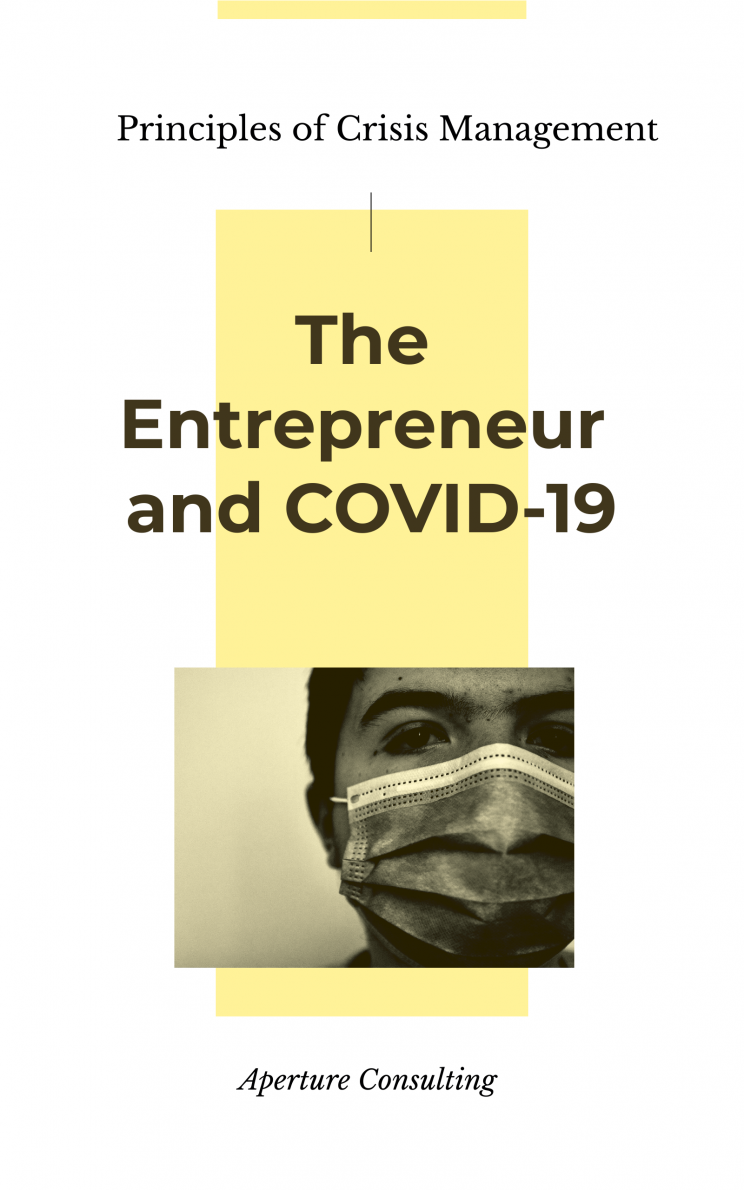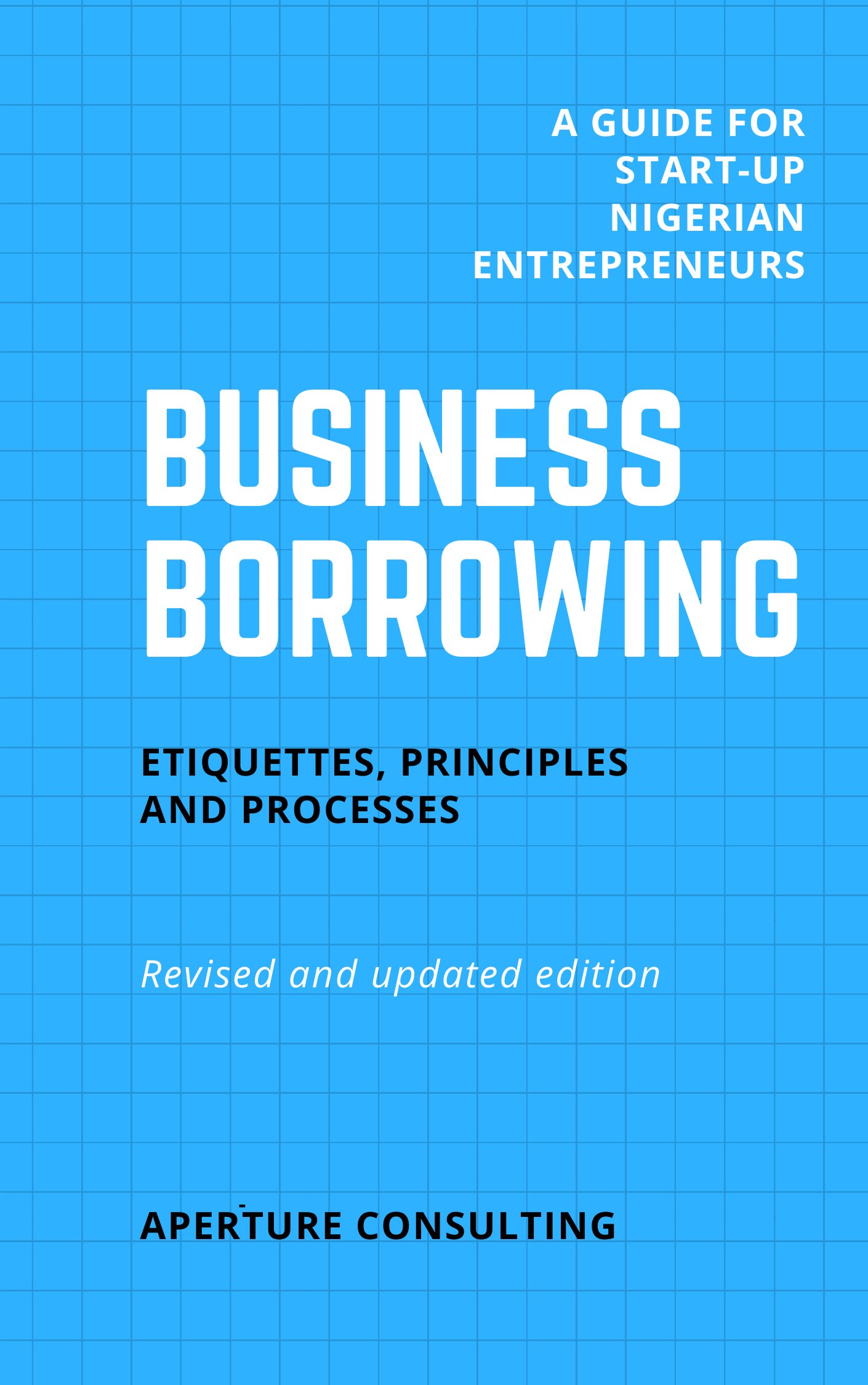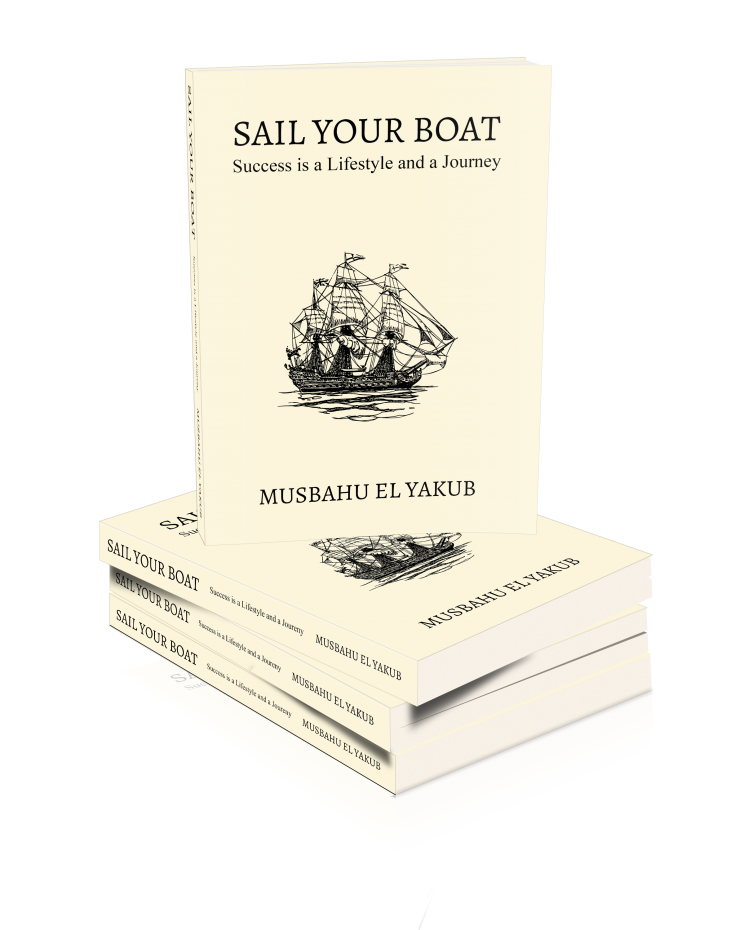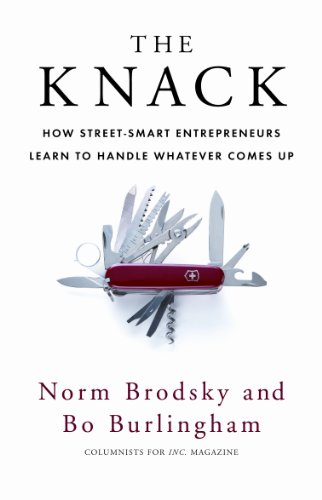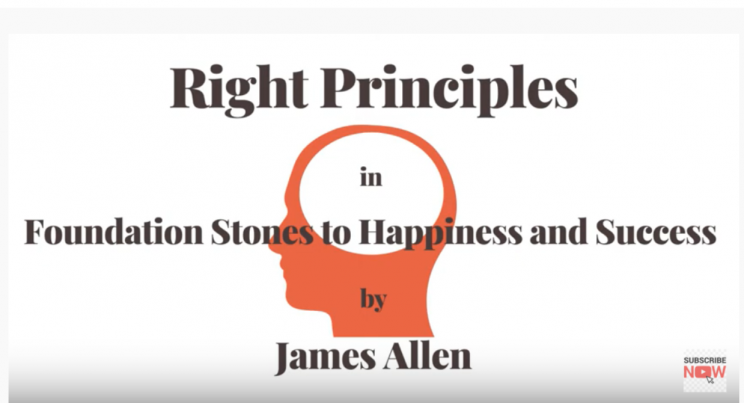Many people do not understand the concept of risk in life. When they think of risk they think of a callous military officer charging their men bare-chested into fortified enemy positions without any basic information on the strength of the enemy or a businessperson who takes a ‘gamble’ on some business proposition without any thought or some 13th century Spanish explorer setting out at sea for some distant, yet unknown land with neither a basic map of the time nor sufficient ration or plan for it.
The actions described are not just risky but stupid.
Always start with definitions. This definition of risk is statistical. It is a ‘mathematical’ or simply a thoughtful projection of the likelihood of an unwanted (or desired) event happening. OK, so the military officer wants to overrun an enemy position. They just don’t go charging into a dugged-in enemy position without doing some basic planning: What is the enemy strength in numbers? What kind of weapons does the enemy have? How many men does the officer have? What weapons and support does the officer have available? Etc. Given all the variables, from what position, at what date and time should the officer best attack the enemy to have their best chances of success?
A lot of planning must have gone into that attack that might look callous to the untrained eye. Many risks have been taken care of, or at least hopefully so! Even when an officer and his men are attacked in a surprise, they know exactly the kind the repulsive measures, positions, weapons etc. they should take to stand a good chance of thwarting the attacking enemy.
What is the enemy strength in numbers? What kind of weapons do they have? How many men do we have? What weapons do we have available? Etc. Given all the variables, from what position, at what date and time should we best attack the enemy to improve our chances of success? A lot of planning must go into that attack that might look callous to the untrained eye. Many risks have been taken care of, or at least hopefully so! Even when an officer and his men are attacked in a surprise, they know exactly the kind the repulsive measures, positions, weapons etc. they should take to stand a good chance of thwarting the attacking enemy. It is what the training provides in advance.
It is the same in exploration and business and anything worthy in life. The successful and experienced businessperson doesn’t just take a gamble on a business idea. Rather, what they do is to assess as many things as possible that could go wrong. These are the risk dimensions or elements. Each risk dimension is assessed on the basis of two things: what quantum of damage can it cause if the it crystallises and what can be done to completely eliminate or at least dampen the likelihood of that risk even taking place in the first instance. If key risks are not eliminated or dampened, the businessperson simply throws the idea into their mind garbage and moves on. On the other hand, if many, as in key, risk dimensions are eliminated or dampened to the level that what remains that could go wrong are completely acceptable, then the proposition gets a go.
So what determines how risks are assessed and eliminated or dampened?
Foresight: Foresight is key to being able to identify and assess what risks could threaten the success of a proposition and by what likely extent. Foresight also helps develop likely and effective risk mitigants.
Knowledge, training and experience can help in various to develop foresight.
Mathematical modelling: There a lot of modelling techniques to help understand risk elements and their likely consequences. These are available, from the very simply to the highly complex, depending on what you may have on hand. Regardless of which you may have to adopt, at the end, understanding risks in their simple and fundamental forms is key.
Experience: In most endeavours in life, experience helps people in understanding what risks they face in situations and what they may do to eliminate or dampen them. This makes it important for people to learn to gradually build their skills in their chosen fields rather that take so-called quantum leaps that they might not be able to handle. Don’t get me wrong, there are times when taking quantum leaps are appropriate and even wise. But that must be done deliberately rather than carelessly.
Learn from those ‘who have been there done that’: Learning from others could save us all sorts of costs and we should never fail to seize such opportunities. On the other hand, learning from others is not about surrendering our own thought processes and decision-making choices. Instead, it is about sharpening both!
One of the many interesting things about the world is that the success of humanity really nothing but a chain of learning from one individual and generation to another individual and generation and we can always benefit from and build on these linkages without surrendering our freedoms do try things differently and, hopefully, better.
Personal affinities to risks: Different people have different risk affinities: that is to say different people have different appetite for the same risks.
Elon Musk has been taking a ‘gamble’ of about $100 million per experiment on his Starships. For five experiments, that is a cool half a billion dollars down the drain. Not all multi-billionaires could take that. But Elon Musk is happy with the data they get from an experiment and views the experiment as a success!
Different people in the same situation and circumstances may have different risk affinities. Some billionaire somewhere might be unwilling to risk a hundred dollars of their wealth on some proposition. But a millionaire somewhere else might be willing to risk the shirt on their back on the same proposition! That is the reason why I propagate people doing what they are comfortable doing rather than the popular ‘take the risk’.
Yeah take the risk but be comfortable with the likely consequences that may happen even if you do very well managing all understood risks.
Photo credit: Cade Prior from Pexels



